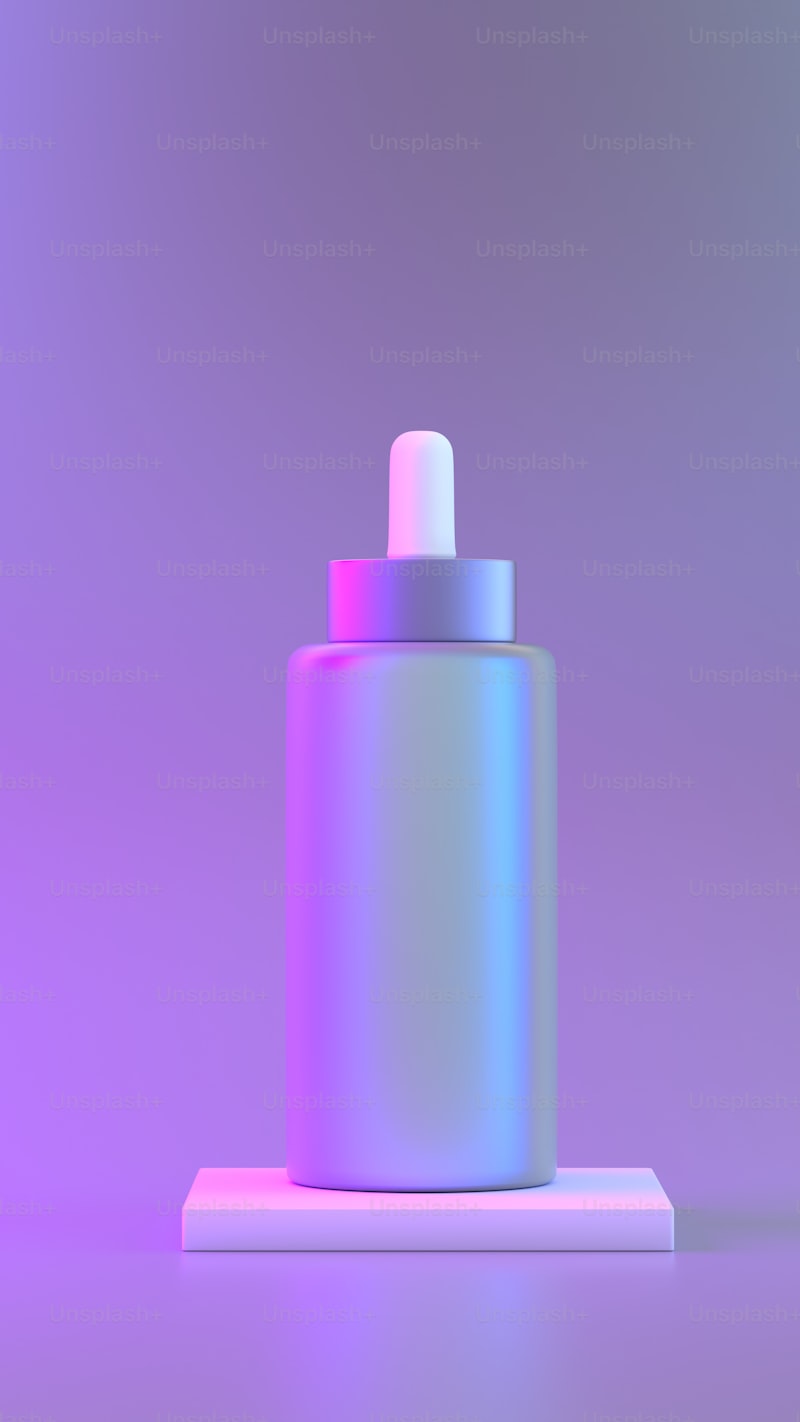Unlock Your Creativity: A Comprehensive Guide to DIY Color Palette Creation
Introduction to DIY Color Palette Creation
Creating your own color palette can be a thrilling and rewarding experience, allowing you to express your creativity and personal style. Whether you’re planning a home renovation, redecorating your living space, or even embarking on a craft project, understanding how to create a DIY color palette can significantly enhance the visual appeal of your project. In this article, we’ll guide you through the essential steps to DIY color palette creation, tips to consider, and common pitfalls to avoid.
Why DIY Color Palette Creation Matters
Having a cohesive color palette is pivotal in making any project aesthetically pleasing. A well-thought-out color palette can:
- Create a mood or ambiance
- Unite various elements of your design
- Highlight focal points
By developing your own color palette, you not only make your project uniquely yours, but you also learn valuable design skills that can be applied in various fields, from interior design to graphic design.
Understanding Color Theory
Before you jump into DIY color palette creation, it's vital to understand some basic principles of color theory. Here are a few key concepts:
The Color Wheel
The color wheel is a circular diagram that displays colors and their relationships. It is an essential tool for understanding color harmony. The primary colors—red, blue, and yellow—combine to create secondary colors (green, orange, and purple), which can then combine to produce tertiary colors.
Color Harmony
Color harmony refers to the pleasing arrangement of colors. Here are several types of color harmonies you can use when creating your palette:
- Complementary Colors: Colors located directly opposite each other on the color wheel (e.g., blue and orange).
- Analogous Colors: Colors that are next to each other on the wheel (e.g., blue, blue-green, and green).
- Triadic Colors: Three colors that are evenly spaced around the wheel (e.g., red, yellow, and blue).
The Process of Creating Your DIY Color Palette
Now that you have a grasp of color theory, let’s dive into the steps for creating your own color palette:
Step 1: Gather Inspiration
Start by gathering inspiration from various sources. This could include:
- Nature (e.g., flowers, landscapes)
- Artworks or paintings
- Fashion magazines
- Websites like Pinterest or Instagram
Compile images, mood boards, or physical samples that resonate with you. This will help you visualize potential color combinations.
Step 2: Choose a Base Color
Your base color will set the foundation for your palette. Select a color that reflects your project's intended mood. For example, if you want a calm interior space, you might choose a soft blue or green.
Step 3: Add Complementary or Analogous Colors
Once you have your base color, start selecting additional colors from the color wheel. Aim for 2-5 colors that complement or harmonize with your base color. It’s beneficial to test how these colors look together in different lighting conditions.
Step 4: Test Your Palette
Use digital tools like Photoshop or online palette generators to visualize how your palette will look. You can also paint swatches on a board to see how they interact in real life. This is crucial, as colors can change based on their environment.
Using Your DIY Color Palette
Once your color palette is finalized, you can incorporate it into your project. Here are some ways to utilize your custom palette:
| Application | Description |
| Interior Design | Use your palette for wall colors, furnishings, and accessories for a cohesive look. |
| Graphic Design | Utilize the palette in branding and marketing materials to convey brand identity. |
| Fashion Design | Incorporate your safe colors into clothing lines and accessories. |
Common Mistakes to Avoid
While creating a DIY color palette can be enjoyable, it’s important to avoid some common pitfalls:
- Ignoring Lighting: Colors can look drastically different in natural versus artificial light.
- Choosing Too Many Colors: Stick to a limited number of colors for a more harmonious appearance.
- Over-Relying on Trends: Be wary of fleeting color trends; rather, focus on colors that resonate with you personally.
Conclusion: Final Thoughts on DIY Color Palette Creation
Creating your own DIY color palette offers an incredible opportunity to express your style and vision. Remember to take your time, explore various sources of inspiration, and test your colors thoroughly. Whether you’re updating your home decor or working on a creative project, a well-thought-out color palette can make all the difference in achieving a stunning result.
Be sure to continuously explore and experiment, as every color palette you create can lead to new discoveries and design skills. Happy crafting!
